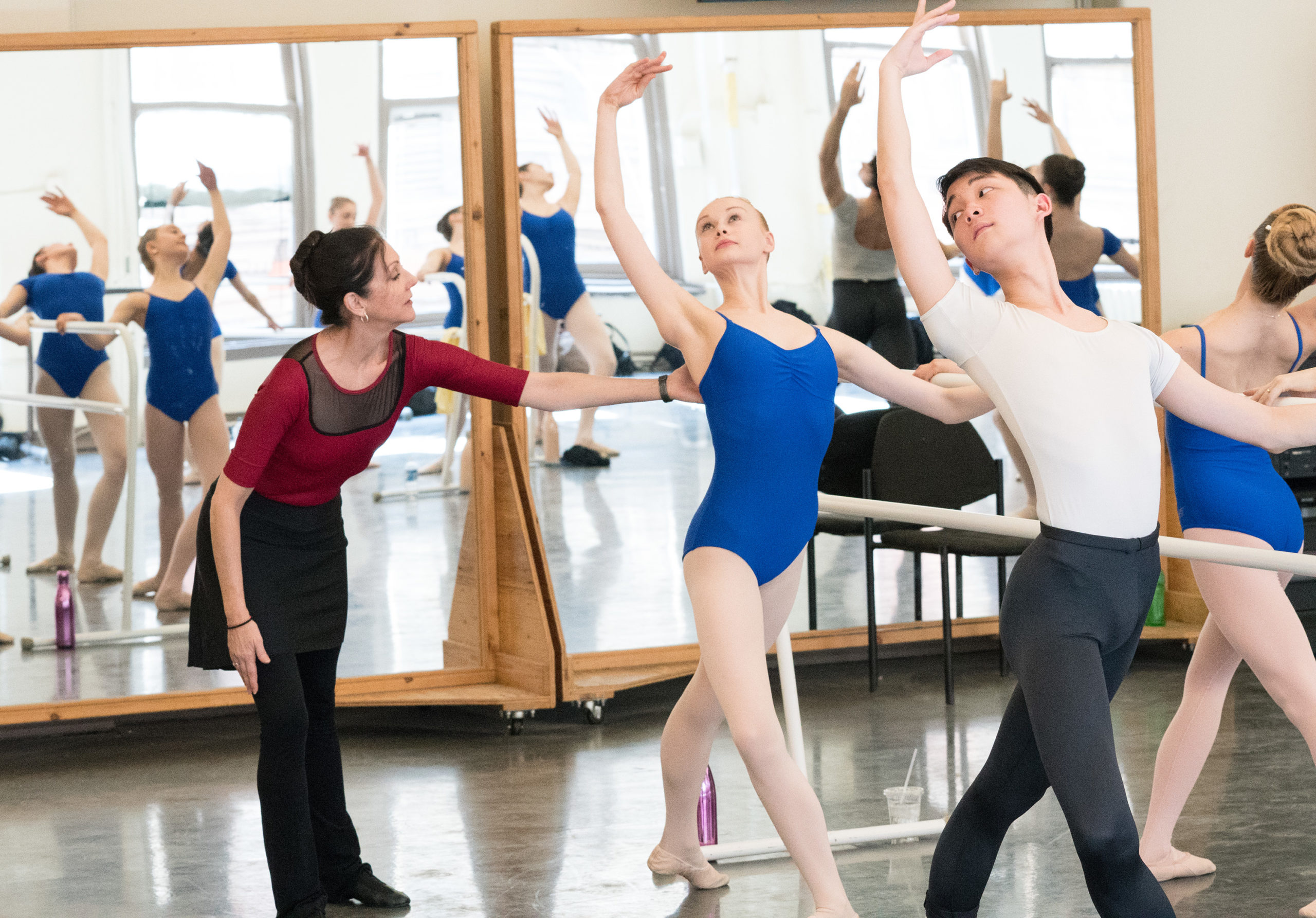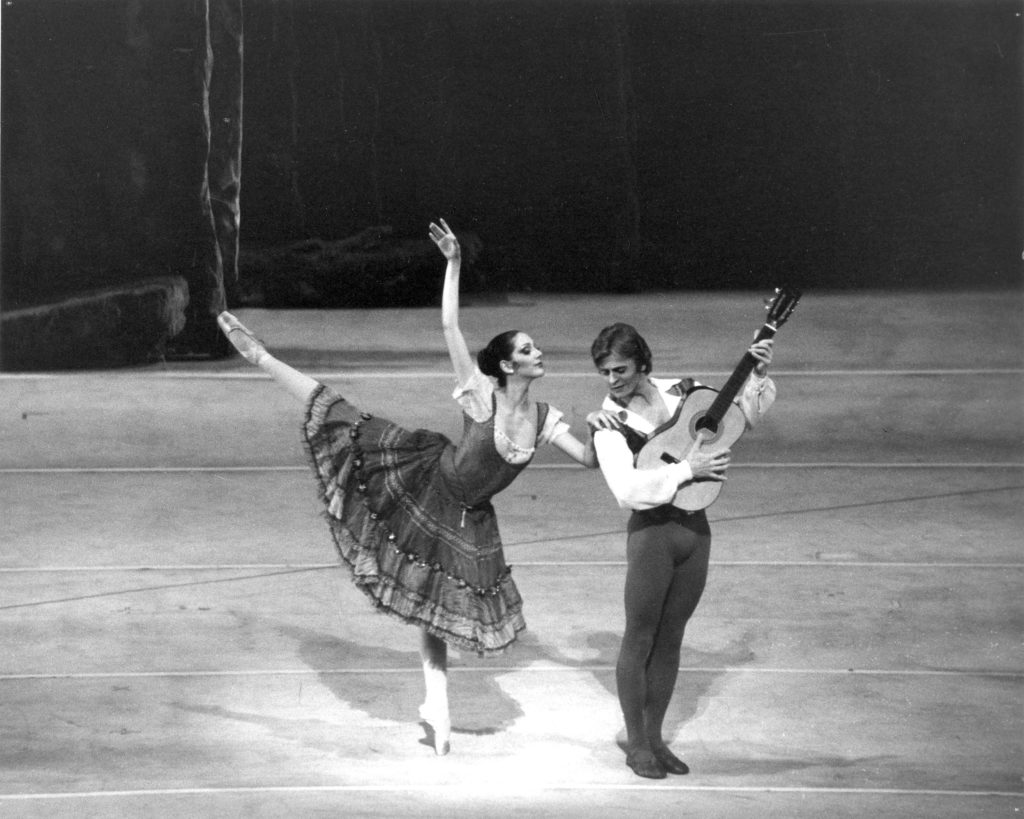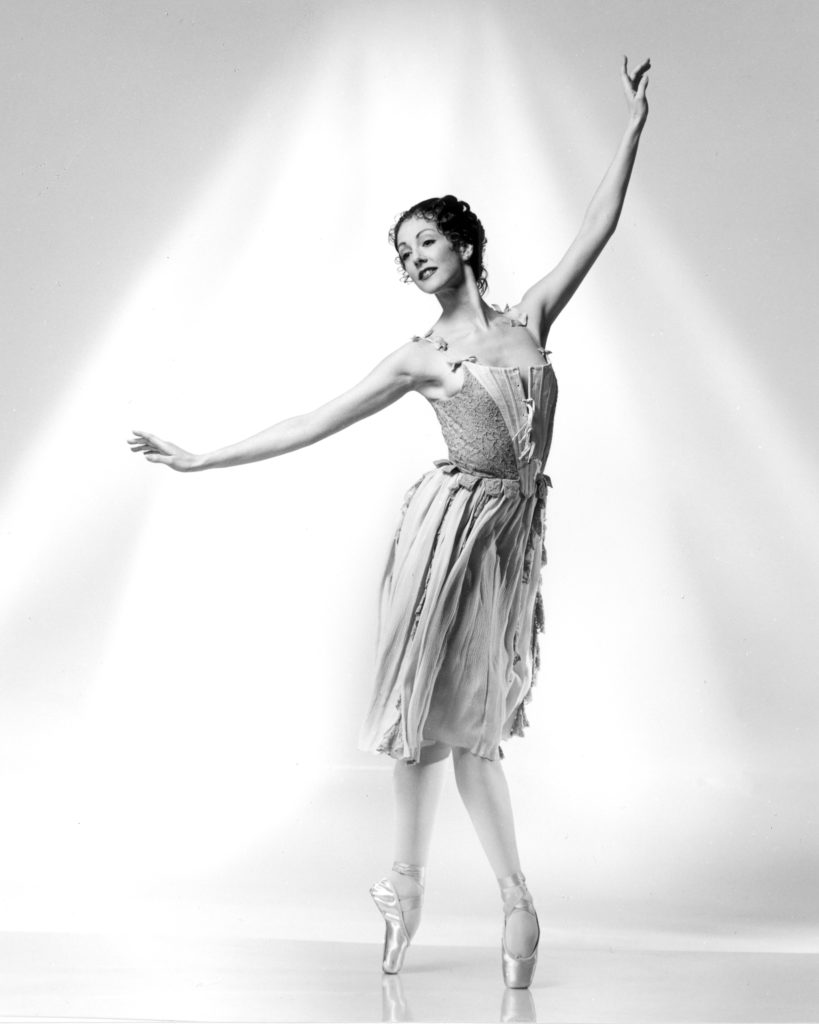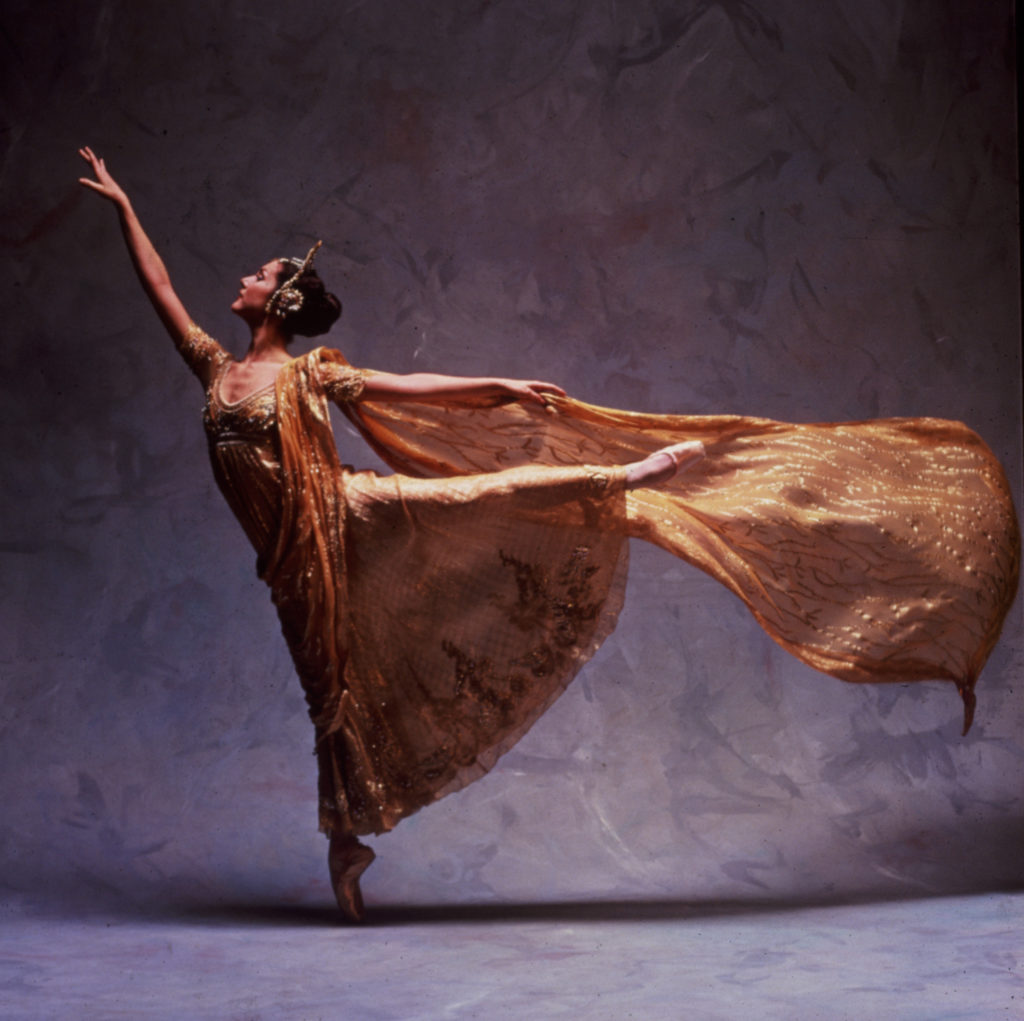
This month, Cynthia Harvey wraps up her tenure as artistic director of American Ballet Theatre’s Jacqueline Kennedy Onassis School after a six-and-a-half-year tenure. In addition to increasing enrollment and scholarships, and instituting mentorship programs for male students, Harvey was instrumental in expanding the school’s diversity, equity and inclusion programs and helping students continue with remote learning for 19 months during the COVID-19 pandemic.
A celebrated artist, coach and international guest teacher, Harvey was the first American principal ballerina at The Royal Ballet after being invited by Anthony Dowell. She was a principal dancer at ABT from 1982–96.
Students in the JKO School’s pre-professional division will be performing at NYU Skirball in New York City on May 19 and 21. The performances will feature a special appearance by ABT company members Léa Fleytoux, an alumna of the ABT JKO School, and Jarod Curley, performing the Black Swan pas de deux from Swan Lake in honor of Harvey.
As Harvey moves on to a new chapter (which will include teaching around the world and spending more time with her family), she took time to chat with Dance Teacher and share her advice for ballet teachers and students.
Who was your most influential teacher?
Christine Walton at the Novato School of Ballet in Northern California. She was probably the first person who instilled in me a love of dancing. Then later on it was David Howard, here in New York. He was a huge influence and helped me to not only be correct in my work, but also understand how to work in a more kinetic way. I had always been taught to make the difficult look easy and he taught me not to make it look boring.
During your career, you were called upon to fill in last minute for a lot of dancers before performances, and you’ve talked about the importance of developing stamina. How can teachers help their students build stamina if most of their time is spent in the studio versus performing?
When a dancer has to do a variation, do not stop and start, stop and start, and then nitpick, especially if it’s two to three weeks before a performance. You want them [students] to run the variation once, then run it again right after for stamina. When I teach class, I like to give students, let’s say, 32 fouettés and [challenge them] to stay after class and maybe try 42 fouettés. They need to know that they can get through something. It’s more psychological than anything. The physical is hard enough, but psychologically, if you don’t think you can get through something, you probably can’t. If you have the studio space and the time to allow your students to remain after class, let them practice the things they find difficult, because a lot of it is in their head.

You have been partnered by some of the most famous men in ballet. Did you have a favorite partner you worked with, and do you have any advice for young male dancers on becoming that perfect partner?
I can’t say that I had a favorite partner because I never danced with anyone long enough. The thing about dancing with Mikhail Baryshnikov was that the standard was so high that you had to meet it; you had to try to elevate your dancing to meet that standard. So that was fantastic! When I danced with Julio Bocca, the audience would applaud so much that it gave me a bit of a rest, which was nice! Or dancing with somebody like Guillaume Graffin, who went on to become ballet master with Dutch National Ballet. Looking into Guillaume’s eyes, I believed everything that he was trying to convey. And Anthony Dowell was just an incredible partner. I didn’t even have to touch the floor; he would’ve lifted me through the whole dance if he could. He was a real cavalier—chivalrous.
My advice for young male dancers would be that if you want to partner well, you need to dance full-out in the rehearsal studio. There’s no marking. We were brought up in an environment where you had to do everything full-out. I see a lot of marking now, and everyone is trying to take it easy. I get it because you have long days, but you have to find a time where you choose a day that you do everything absolutely full-out.

You have been on a lot of judging panels for competitions, such as the Prix de Lausanne. How can teachers help their students pick the right variation to take to a competition?
A dancer and a teacher both have to decide what they are using the competition for. If they are using it to gain performance experience, then you can pick a variation that you think will be challenging to your student so that they improve on their dancing. If one is competing to win a scholarship, then your student should do something that they’ve already been doing. So if you are a lyrical dancer, you may not want to do the Kitri Act 1 variation. If you’re a fiery dancer and have personality, it may be less sensible for you to do La Sylphide. Know what the purpose of competing is and why your student is there. I don’t think a student should just think about winning. Use the process of the competition and the rehearsal period to improve your dancing. I think that is far greater than an award at the end of it all.

You’ve had such an international career. What tips do you have for dancers who aspire to have a career abroad or who are preparing for company auditions in general?
People should look at companies in Europe and other places, especially opera companies, since there’s a great opportunity to receive a good pension and 52 weeks of contract. There are a lot of benefits for dancers to join an opera company in Europe or Scandinavia.
The competition now is so much fiercer than it was in my day. You can’t just say, “I want to get into this one company.” Otherwise, you’ll have a lot of disappointment because the big companies don’t have so much movement from the top. Once a dancer gets in, it takes a long time for them to retire. Put several companies into your basket when you’re auditioning. I had my dancers this year put three or four companies on their list that they really aspire to (their dream companies), then three or four companies in the middle range that would be really nice and they’d be happy to join them, and then maybe three companies that they would just do for the experience but don’t really plan to stay long-term. So then you audition for 10 to 12 different companies and have better opportunities. My biggest piece of advice is to always have an open mind.

What advice do you have for ballet teachers during this time?
If you have a student that is really talented and didn’t get into a company, see if there’s any chance you could keep them [at your school] longer. If you have an 18-year-old, they may not get a job at their first go around, so if there’s any opportunity to keep them around longer, I encourage you to do so. It also gives the dancer a bit more training, so hopefully they are more ready when they do enter a company. And also encourage them to broaden their horizons. If they don’t get into a major ballet company in their first two years, perhaps they could look into dancing at a contemporary company, or acting or joining Broadway for a short time. At least that way they’ll be staying active and present.





